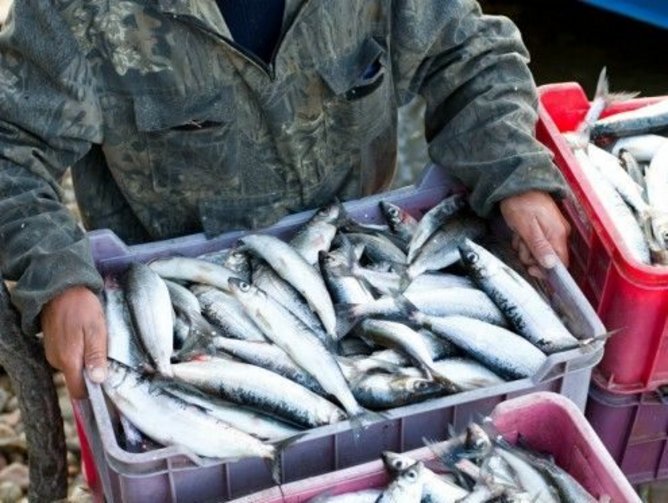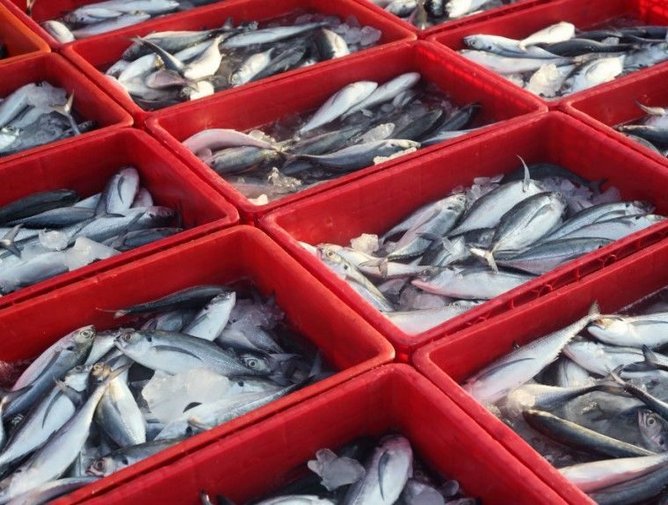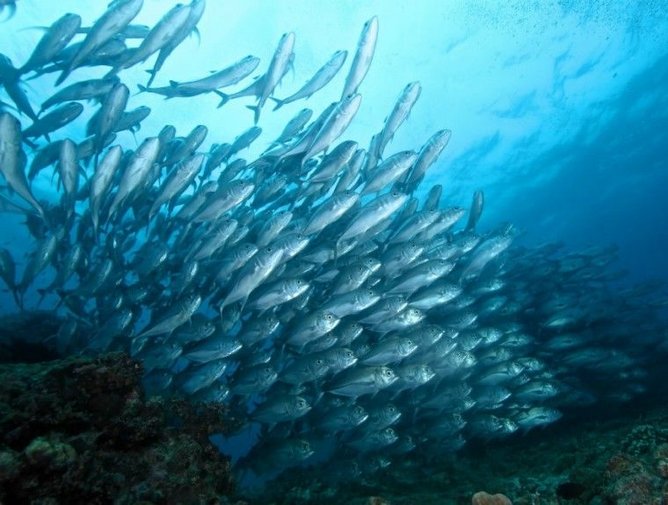
Fisheries Council of Canada
Written by Fisheries Council of Canada
Fisheries Council of Canada (FCC) is the voice of Canada’s fish and seafood industry, promoting a healthy resource and working to develop an economically sound, market-driven, competitively-structured industry that offers harvesters, employees, and processors secure and stable opportunities and a sustainable future. The Council is a non-profit trade association representing companies engaged in the growing, harvesting, processing, and marketing of fish and seafood. It is an organization of like-minded fisheries and seafood associations and enterprises that support shared, fundamental principles.
First formed in 1915 as the Canadian Fisheries Association, it was reorganized and became the Fisheries Council of Canada in 1945. The Council represents about 100 member companies in Atlantic Canada, Ontario, British Columbia, Quebec, Parries & North West Territories, and Nunavut. These member companies process the majority of Canada’s fish and seafood production. Member companies also harvest a significant portion of the fisheries resources of Canada. In addition, more than 35 Canadian and international companies and institutions providing products and services to the industry are Associate Members of the Fisheries Council of Canada.
FCC maintains ongoing liaison with ministers and officials of numerous government departments, agencies, and parliamentary committees. The Council provides leadership, representing the industry on matters of national and international concern before parliamentary committees, advisory boards and commissions, ministers, as well as foreign governments. FCC maintains ongoing relations with fish and seafood industry associations in other countries as well as relations with ministries of foreign governments and international organizations such as the Food and Agriculture Organization of the United Nations.
Members receive a monthly newsletter providing key updates on Canadian and international fisheries issues. As well, the Council publishes an annual directory identifying members’ products and services.
The FCC focuses on five key areas: Market Access/Trade Policy; Inspection/Technical Issues; Environmental/ Ocean Use Conflicts; International Fisheries; Fisheries Management; and Communications. Located in Ottawa, our main areas of influence concern the policies and decisions of Fisheries & Oceans Canada, the Canadian Food Inspection Agency; Foreign Affairs, Trade, & Development; Environment Canada; Employment & Social Development Canada, and Finance as well as foreign embassies regarding access to their markets
The FCC is very delighted by the proactive approach of health authorities of Canada and the USA encouraging consumers to increase their consumption of fish and seafood because of the health benefits. Seafood provides an unmatched variety of great-tasting, easy to prepare protein options. Great seafood is available year round in virtually every corner of Canada.
Finally, despite some doom and gloom reports from some quarters, most forms of seafood production quite likely have the lowest environmental impact of any protein. It is true that one can find examples of species that have been over-fished and that, in certain developing nations, it is critical that we continue to increase our knowledge of the seafood resources and educate fishermen on sustainable fishing practices. It is also true that, as is the case in any method of food production, catching or growing seafood will affect the environment in which it is produced. However, progress is being made every day. For example, in global wild capture fisheries, the United Nations Food & Agriculture Organization (FAO) statistics indicate that further reforms are needed in only 17 percent of fisheries to recover stocks to sustainable levels. For whitefish species like cod and haddock, stocks are increasing around the world as fishing nations have taken the needed measures to protect those stocks.





